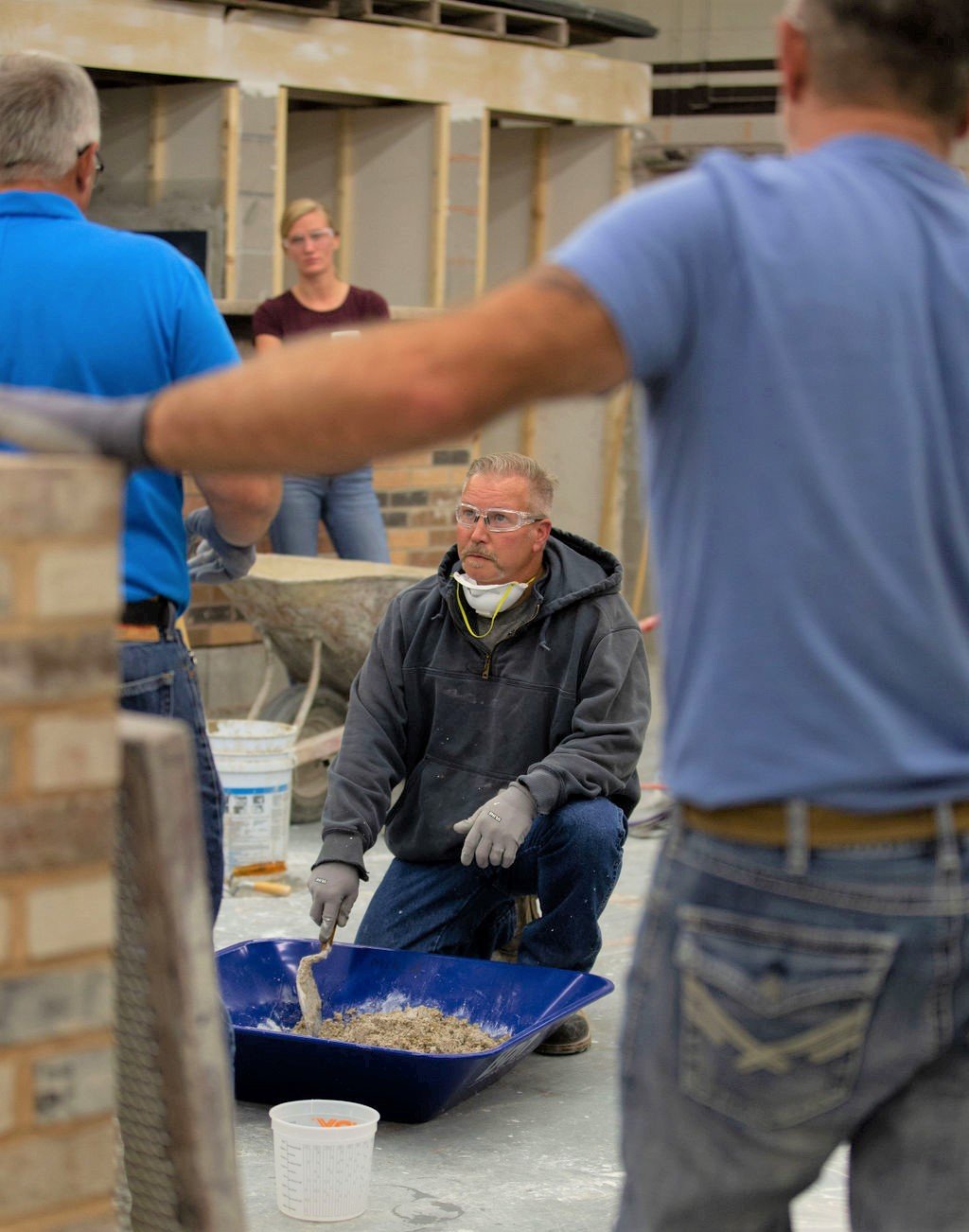
When it opened in 1880, the Washburn A Mill Complex in Minneapolis was the largest and most technologically advanced flour mill in the world, helping put the city on the map. It’s no wonder the National Historic Landmark, now home to a museum and outdoor event space, requires innovative restoration techniques led by experts to preserve it for generations to come.
At its peak, the mill produced enough flour to make 12 million loaves of bread daily, ultimately forming the basis of the well-known food company General Mills. But after WWI, Minneapolis’ milling industry began to decline, and by the mid-1960s, the mill closed entirely, left neglected for decades.
Now, it’s up to a team of preservation architects and restoration specialists, with assistance from the International Masonry Institute (IMI) and International Masonry Training and Education Foundation (IMTEF), to keep it standing – no small feat, considering a 1991 fire left the complex gutted.
Craig Thumstedter, foreperson for signatory contractor Advanced Masonry Restoration (AMR), is leading the crew restoring the mill ruins. Over the last four-and-half years, the project architect, Angela Wolf Scott, AIA, Principal and CEO of MacDonald & Mack, has specified increasingly soft mortar types for the repairs to help prevent the limestone from breaking and cracking.
Photo by Ginger Snaps Back Photography for IMI/IMTEF
“The fire made the stone very fragile and porous, and it moves a lot, so the mortar has to be flexible” explains Thumstedter.
Thumstedter just finished up inspections of the repairs his crew made 2 years ago using Type K mortar. It’s performed well, but now the team is testing an even softer mortar type, hot lime.
Because it’s so different from more commonplace mortar types, the project architect required installers to have special training or past experience in the request for bids.
That’s where IMI/IMTEF came in. Together with the Scottish Lime Centre Trust, IMI/IMTEF held a 2-day training for the project team, including the craftworkers at AMR, MacDonald & Mack, and the Minnesota Historical Society. Participants got hands-on experience mixing, preparing, pointing, finishing, and curing lime mortar mixes.
“I think this training session will empower the masons on this project to use a new material well and has alleviated my concerns that we’ll have a material failure. The Mill City Museum ruins are unique, requiring treatments that push everyone involved to seek and grow,” said Wolf Scott, whose firm produced an in-depth Historic Structure Report that documents the complex, evaluates its condition, defines preservation objectives, and recommends remedial work.
Tom Miller, Senior Project Manager at AMR, agrees. “The training will help our crews understand the types of mortars that were used on the building. With this knowledge, they will have a better idea of how to make a lasting repair.”

Photo by Ginger Snaps Back Photography for IMI/IMTEF
As for the crew? “We’re really proud to be a part of this project,” says Thumstedter. “It’s amazing to me that thousands of years ago, someone thought to combine these materials to make a mortar that can be applied to buildings. And here we are, thousands of years later, still using the same thing. I hope thousands of years from now, masons look back and think the same.”





